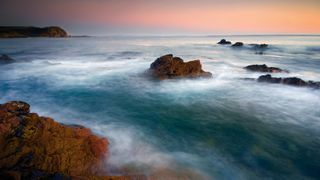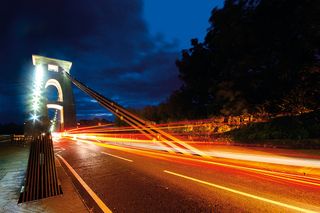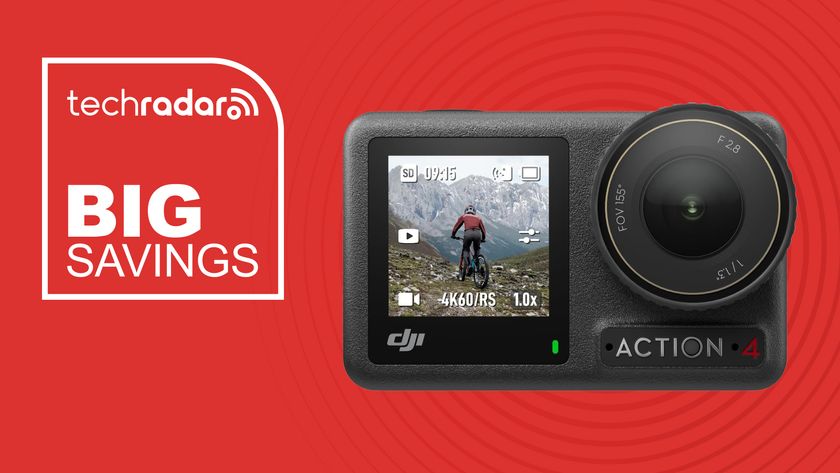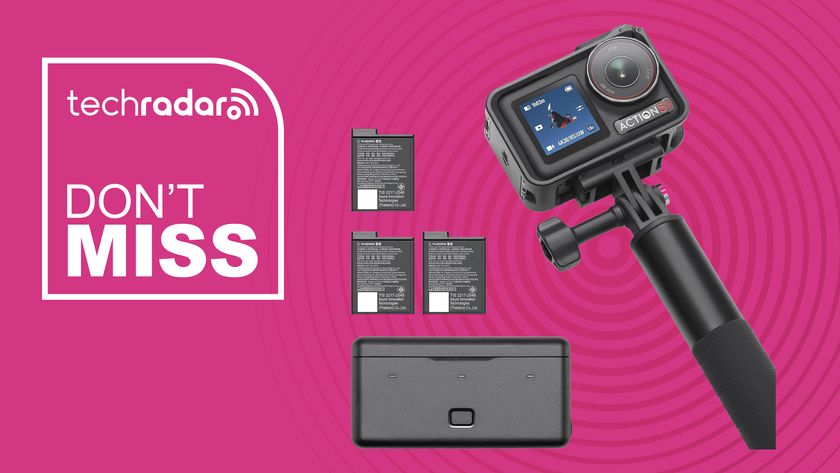Stunning shutter speed effects
Master shutter speeds to boost your creativity
Slow right down

At shutter speeds as slow as 30 secs even the slightest movement of the subject will blur. So this is the range for classic seascapes in which the water is rendered as a misty blur, and clouds seem to move across the sky. These speeds also allow you to shoot at night, recording the eerie appearance and unnatural colours of artificial lighting and city traffic.
Again, you'll need to predict how the movement will change during the exposure – the effect will get greater as shutter speeds slow, especially as you approach 30-sec exposure times.
Shoot just before dawn or after sunset when the sky will be bright enough to show detail
It usually needs to be almost dark to use shutter speeds longer than one second, so shoot just before dawn or after sunset when there will still be just enough light to see, and the sky will be bright enough to show detail.
An ND filter or polariser will reduce the light for really slow speeds. As it gets lighter you’ll need a stronger ND filter – such as the Lee Big Stopper or Light Craft Workshop ND500MC.
Step-by-step: Settings for long-exposures

1. Switch to manual
Shooting at shutter speeds longer than one second means you’ll be working in dark conditions, or using a strong ND filter. Don't rely on the auto modes. You’ll get more consistent results by setting focus and exposure to manual.

2. Switch on noise reduction
You’ll find this in the shooting menu. The system takes a second exposure after the first shot, using the same shutter speed, which it uses to reduce the noise. So each shot will take twice the shutter speed you’ve set to take the shot.

3. Keep things steady
Use a sturdy tripod and a remote release to fire the camera. Double-check that all the tripod controls are tightened, because it’s easy for the camera position to move, especially during exposures at the longer end of the range.
Create light trails

Try using long exposures to record the trails made by traffic at night. The basic technique is similar to other long-exposure subjects, but you need to ensure that you don’t use too narrow an aperture or you’ll fail to record the trails. This is because the light is moving, rather than stationary, so the exposure for the traffic isn’t as affected by the length of time the shutter is open.
It’s best to shoot around 30 minutes after sunset to keep some sky detail. Start with a 30 sec exposure at f/11 if you’re close to the road. The further you are from the traffic, the less light will reach you, so you’ll need to set a wider aperture of around f/8, or even f/5.6, for distant subjects.
Get daily insight, inspiration and deals in your inbox
Sign up for breaking news, reviews, opinion, top tech deals, and more.












